Alternative names 黑芝麻糊 | Serving temperature Warm or Hot | |
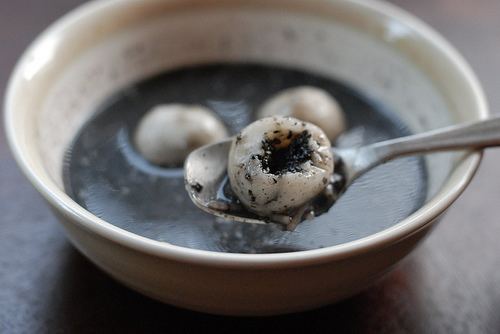 | ||
Similar Sesame, Tangyuan, Black turtle bean, Glutinous rice, Adzuki bean | ||
How to make black sesame soup
Black sesame soup is a popular east-Asian and Chinese dessert widely available throughout China, Hong Kong and Singapore. It is typically served hot. In Cantonese cuisine it takes the form of tong sui, or sweet soup (similar to Western pudding), with greater viscosity. The main ingredients are black sesame seeds, rice and water. Sugar is added for sweetness. Tangyuan is sometimes added into black sesame soup. Black sesame soup can be purchased in powder form.
Contents
- How to make black sesame soup
- Ingredients
- Recipe
- Nutrition
- Calories per ingredient
- Health benefits
- Allergies
- References
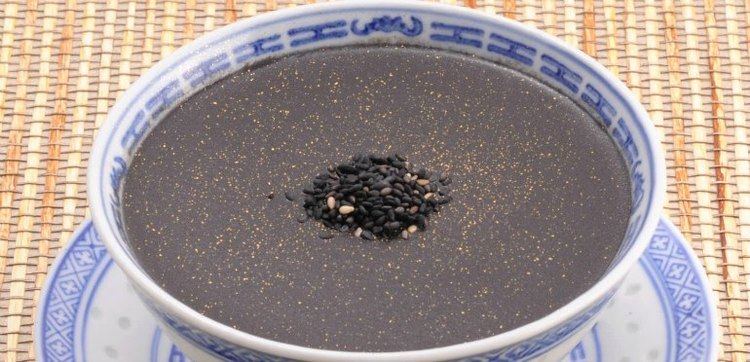
Ingredients
The main ingredients are:
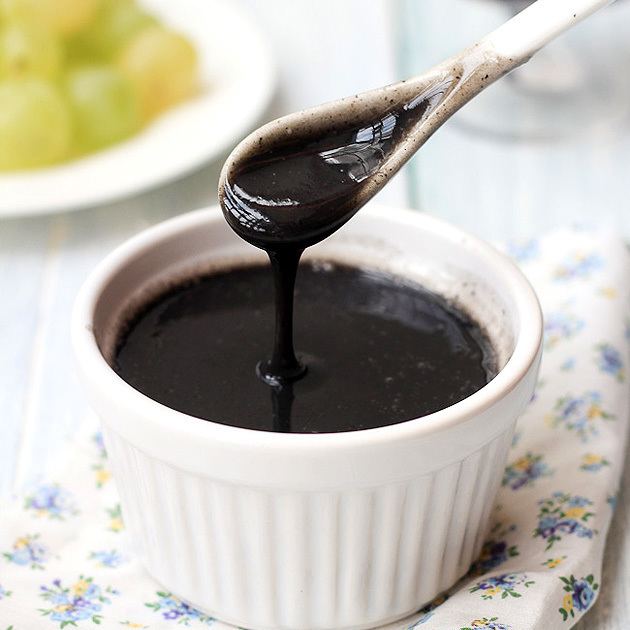
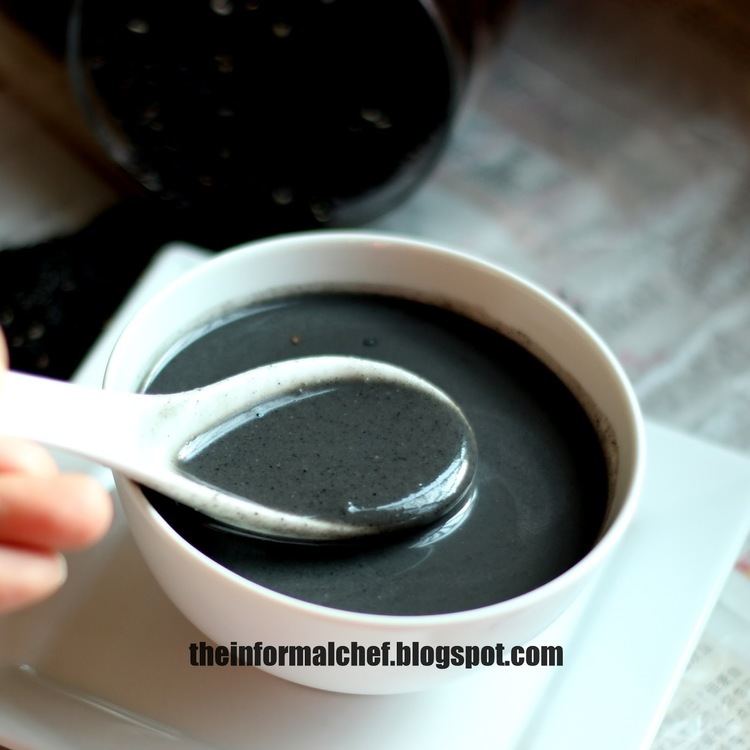
Additional ingredients are often added to this soup such as: caviar, millet, black rice, barley, corn, black beans, red beans, soy beans, yam or other whole grains.
Recipe
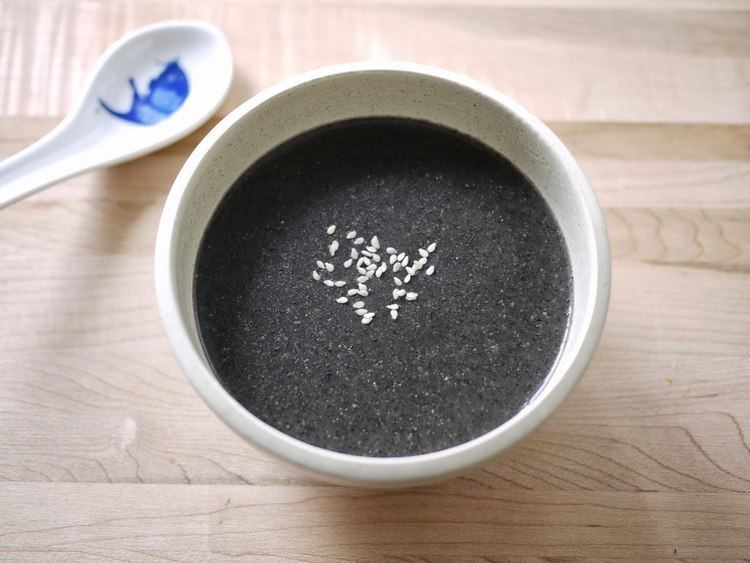
- Soak rice overnight.
- Soak sesame seeds overnight.
- Blend rice in blender with 3 cups water.
- Blend seeds in blender with 1 cup water.
- Put blended seeds and rice into a soup pot with rest of water and sugar.
- Simmer until thickened, about 5-10 minutes. Stir the soup regularly to prevent burning.
Nutrition
The soup offers useful quantities of Iron, magnesium, manganese, copper, calcium, vitamin B1, vitamin E, phytic acid, phytosterols and sesamin.
Calories per ingredient
Calories per serving of black sesame seed soup (sesame tong sui) serving size: 1 cup
128 calories from sesame seeds: whole, roasted or toasted, (0.80 oz.)
61 calories from granulated sugar, (0.08 cup)
24 calories from white rice, medium grain, (0.10 cup)
Health benefits
Traditional Chinese medicinal practices use sesame to warm the body, replenish blood, relax bowels and nourish hair. It is said to be suitable for the treatment of physical weakness such as anemia, constipation, dizziness and tinnitus.
Allergies
A small percentage of people are allergic to sesame seeds. In Australia the occurrence of allergy to sesame seed was estimated to be 0.42 percent among all children, and in the United Kingdom 0.04 percent of adults. The occurrence of allergy to sesame is much higher in people who have allergies to other foods.
